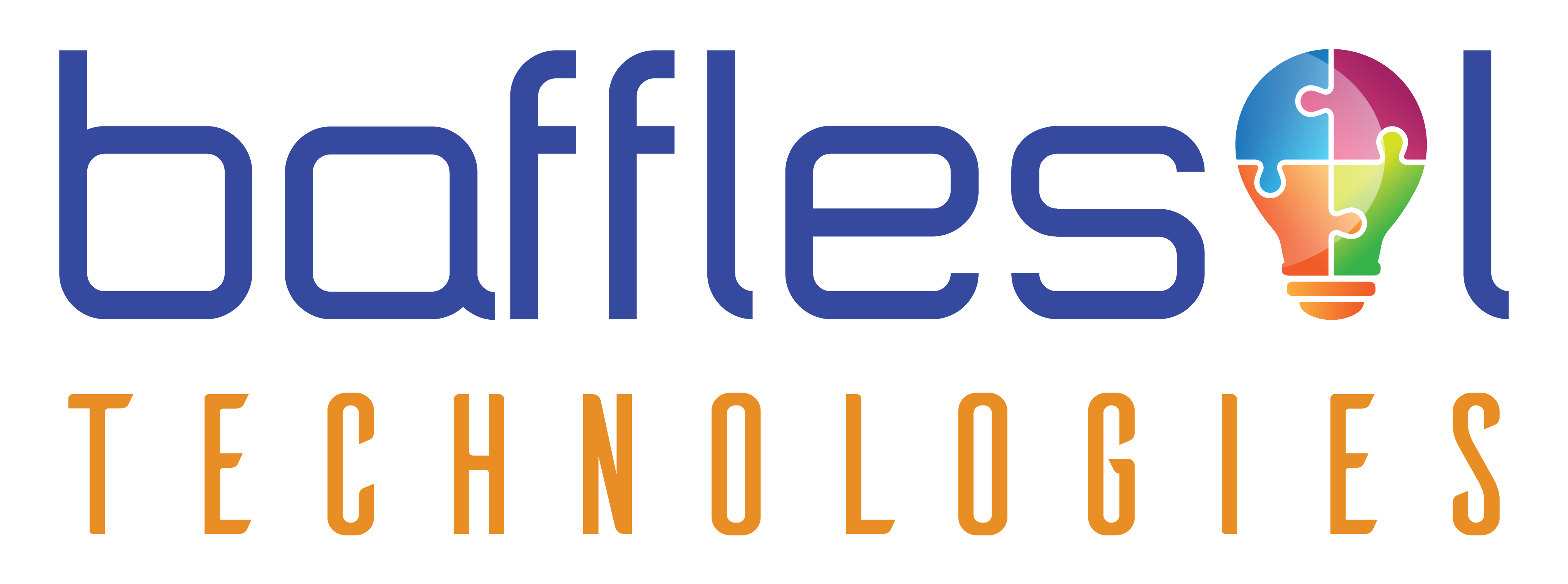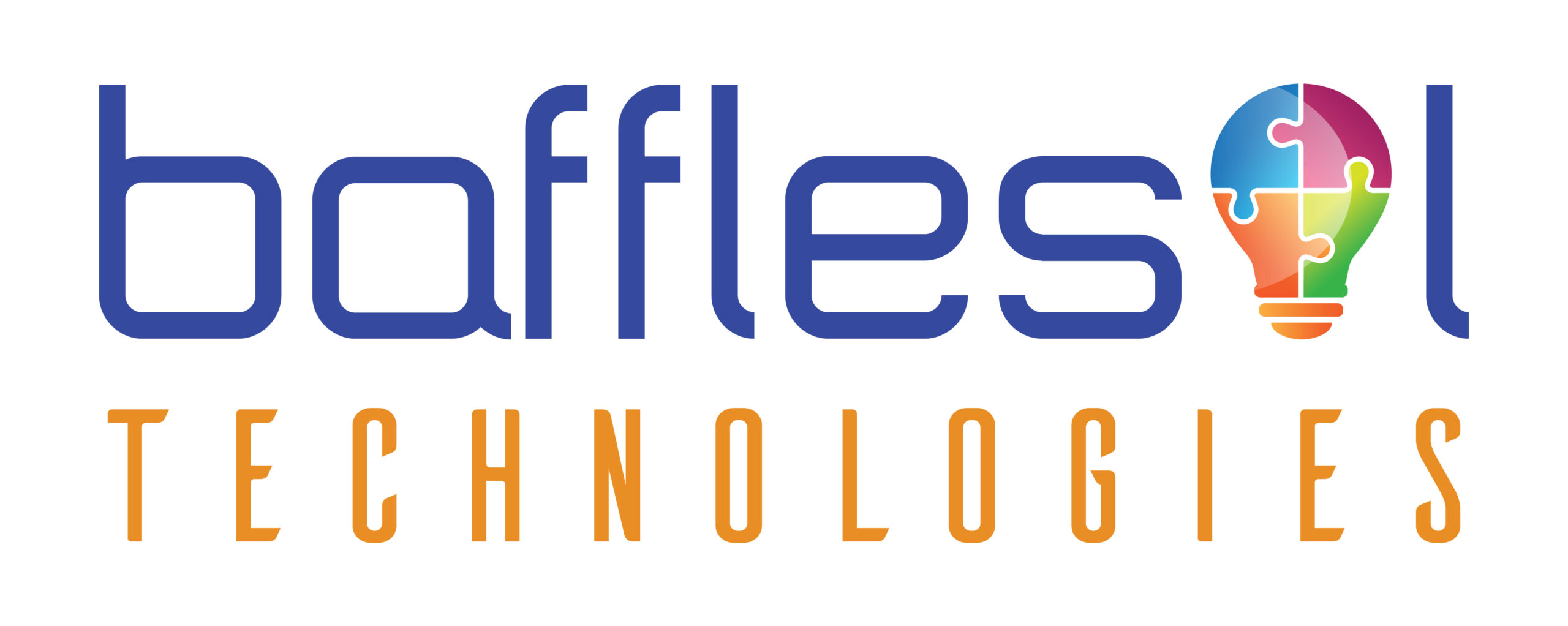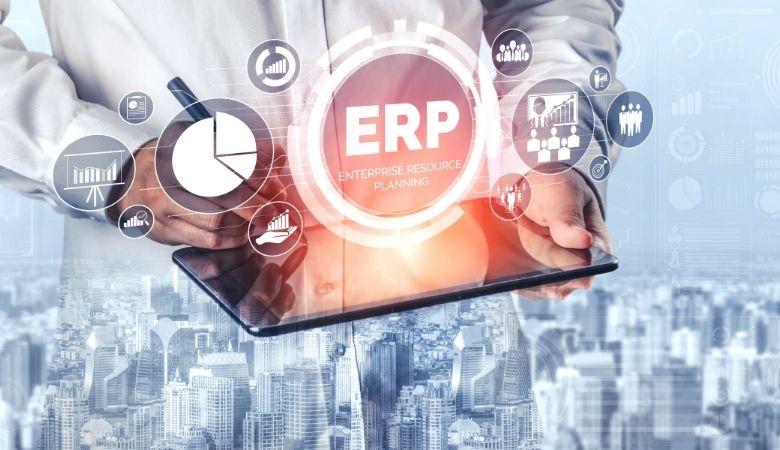Digital transformation is often associated with predictive analytics, AI, or process automation, ignoring the complexities of business applications like enterprise resource planning (ERP) systems. Even though ERP systems are the backbone of modern businesses. An agile ERP system backed by sharp business processes can help any company survive supply chain disruptions and disorders due to employees working from home due to COVID.
Successful ERP implementations don’t just happen. It takes hard work from many devoted individuals to get a new system up and running. Any ERP implementation has the first significant challenge of choosing the right tool. The reports, dashboards, and interface will all be dazzling to capture your attention, and you would want to move immediately to upgrading with the first software you see. One way to overcome this challenge is to establish, define and understand your enterprises’ detailed business processes. Once defined and understood, start looking for ERP solutions that can help you automate those processes and support visualizing the output of each step in the process.
Once you have business processes ready, the next to consider is whether to go for on-premise or a cloud solution. Because while deciding on project timelines, hardware procurement, infra set-up needs time and proper evaluation.
Once the decision to choose the right software (Functionality over UI) is made basis infra needs, next is transforming these business processes to a functional ERP system. This requires a vision created by defining as-is state to future state and then defining the business value for the project. But in my experience, there are three main roadblocks in the journey of transformation –
- Resource and Organizational Constraints: Budget, time, and staffing are critical while upgrading or implementing a new ERP. While defining business processes, power struggles and political issues carried differing decrees and transmitted pressure to various groups. Hence, a change management process becomes necessary to address employee concerns through transparency and training and fix governance.
- Technology Overload: Today’s ERP offers the functionality they didn’t have before and might have never known existed. Hence, it is more important to create that priority list for a few critical business processes that provide a significant business differentiator. Technology and vendor selection should be on how they can improve those critical business functions in terms of cost, time, complexity, and training.
- Resistance to Change: Depending on the maturity of the organization and the staff’s experience, it could be that the majority of the organization is not ready for drastic changes in processes. Functional teams might hang onto existing processes because they perceive change as risky and too much work. This is where organizational change management comes into play, to set up processes and systems to counter user resistance. OCM guides and lays direction for people involved, from how things are to the “new” way of doing things. It addresses how individuals fit in within the changes to ensure the successful implementation of ERP software.
- Customization vs standardization: Organizations are often tempted to build their ERP apps to improve business processes or user experiences. However, the customized apps create problems in – consistency, scalability and updatability. Standardization enables companies to stay on the vendor path and take advantage of the SaaS provider’s innovations.
So, in a nutshell, we recommend following this strategy – Involve all relevant stakeholders from the beginning, Define your Business Processes, Remove bottlenecks and optimize processes, Define to-Be state and create an agile delivery plan. And remember, The success of an ERP project is measured by the degree of adoption and not by time spent in delivery!!



